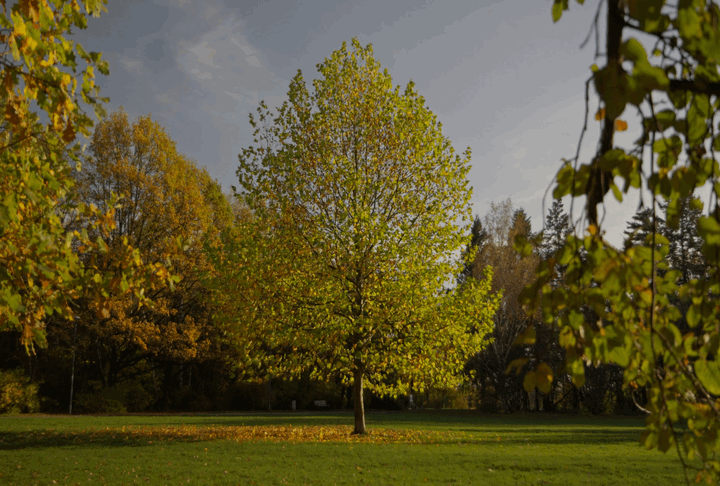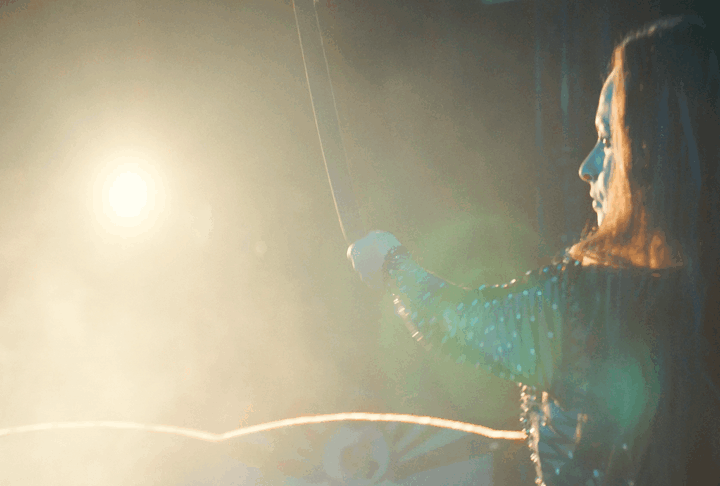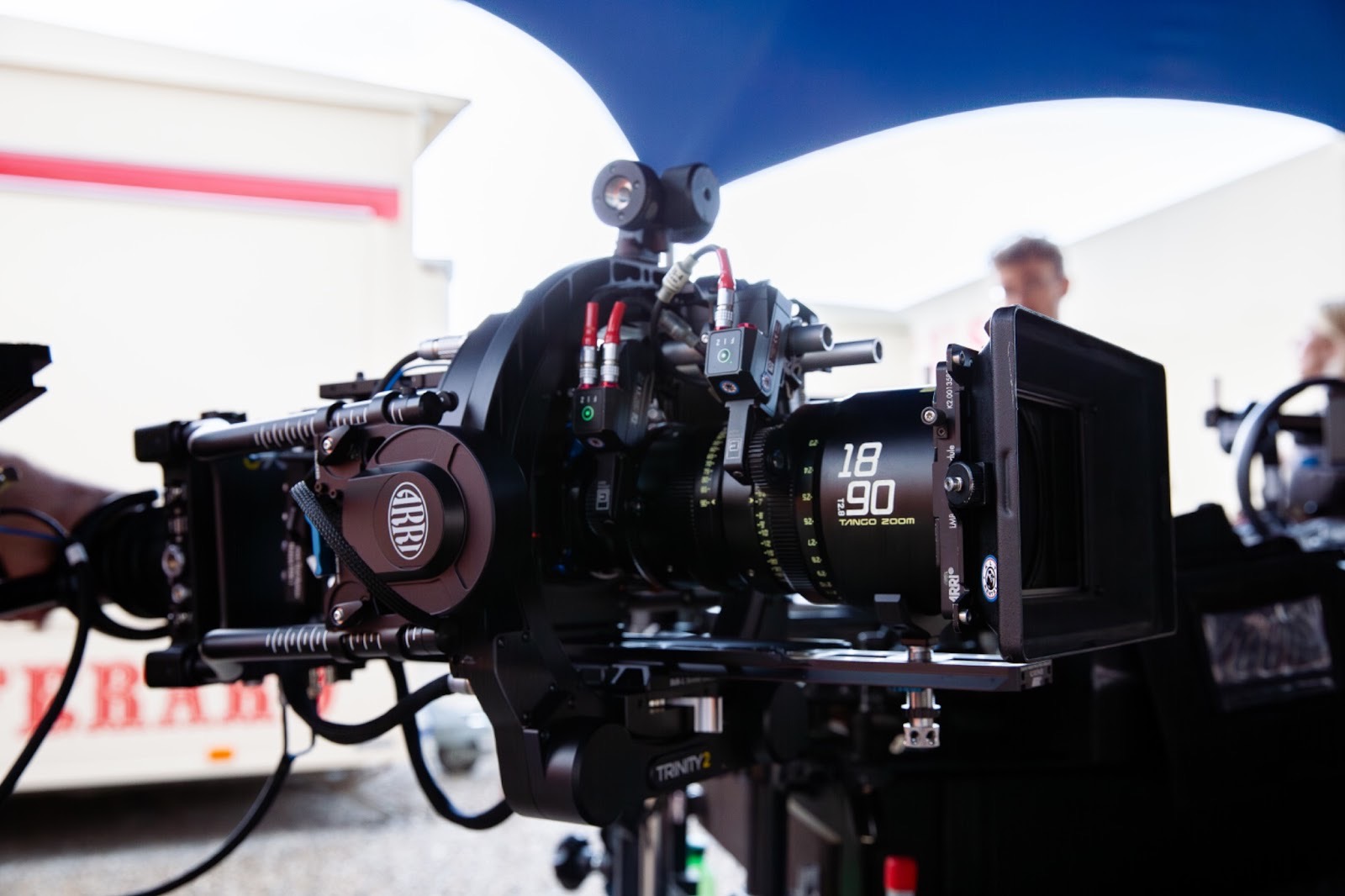2025.10.29

What is Zoom lens
A zoom lens is a type of camera lens that has a variable focal length, allowing a photographer to change the magnification of the image without physically swapping lenses or moving the camera. It offers great flexibility and is one of the most popular and versatile lenses for both amateur and professional use. When users "zoom in," the focal length increases, making distant subjects appear closer and larger. Conversely, when users "zoom out," the focal length decreases, capturing a wider field of view. In the fast-paced environment of film and television production zoom lenses significantly speed up the workflow. On the other hand, zoom is also a very important visual technique. While not used as frequently as dollies or tracking shots, a purposeful zoom creates a specific emotional effect that camera movement cannot replicate.

The classification and differences of Zoom Lenses
There are multiple defining characteristics that distinguish a cinema zoom lens from a still photography zoom lens. These include parfocal design versus varifocal design, constant aperture versus variable aperture, and internal zoom versus external zoom. Each of these features is important to the cinema zoom lens, transforming it into a production tool.
Parfocal Design vs Varifocal Design
A parfocal lens is engineered to ensure that the focus plane remains constant as the lens's focal length is adjusted (zoomed in or out). Consider a scenario where a cinematographer utilizes a crash zoom, rapidly changing from a wide-angle shot to a close-up on a subject. With a parfocal lens, the focus puller can execute the zoom without needing to adjust the focus. The sharp focus, once set, remains fixed on the subject's face throughout the focal length transition, resulting in a seamless change of perspective.

Parfocal Design Lens Zoom Out, Shot by Catta Ace 18-35 T2.9
In contrast, a varifocal lens (often found in non-cinema or consumer-grade equipment) experiences a shift in focus as the focal length changes. If this type of lens is used for a zoom shot, the image will lose focus during the movement. This requires the focus puller to attempt to manually correct the focus while the zoom is occurring—a technically challenging operation that increases the risk of unusable footage.
Constant Aperture vs Variable Aperture
The constant maximum aperture in a cinema zoom lens is a crucial feature for consistency in filmmaking, directly addressing the variables of exposure and depth of field. In part of some photo zoom lenses, they are variable aperture. Their maximum aperture shrinks as the lens zooms in—for example, changing from f/2.9 at the wide end to f/4 at the telephoto end. This shift forces the cinematographer to make a difficult choice: either the image becomes darker (losing exposure) or they must change lighting set up. A constant aperture zoom resolves this by ensuring that the maximum light-gathering ability and the resultant exposure and depth of field remain the same regardless of the focal length selected. But you can still see some partial consistant aperture in telephone cinema zoom lenses. Most of the case is the compromise of reducing length and weight.

Zoom Shot by Tango 18-90 T2.9 Constant Aperture Zoom Lens
Internal Zoom Structure Vs External Zoom Structure
Zoom lenses designed with an internal zoom structure are a critical component in professional cinema and high-end video production, primarily because they ensure that the physical dimensions and the barycenter (center of gravity) of the lens assembly remain invariant across the entire focal length range. This engineering principle is vital for maintaining the dynamic balance of specialized camera support systems.

In contrast, many conventional photographic zoom lenses achieve focal length adjustment by extending or contracting the lens barrel. When such an externally-moving lens is mounted on a balanced system, such as a gimbal, crane, or steadicam, any change in its physical length creates an undesirable mass shift. This necessitates a time-consuming and disruptive re-calibration of the support equipment's counterweights and motors to restore equilibrium.
The Value of Cinema Lens in Practical Application
Cinema zoom lenses, designed with specific features for motion picture production, are invaluable tools for both increasing production speed and enhancing visual storytelling techniques on set.
Fast Pace Production
By containing all moving optical elements within a fixed external barrel, the lens's physical length and center of gravity (barycenter) remain constant as the focal length changes. This is critical when the camera is mounted on support equipment like a gimbal, crane, or Steadicam. A lens that changes length would shift the system's balance, requiring a time-consuming and costly re-calibration for every single zoom or shot change. The internal zoom eliminates this downtime entirely.

A Run-and-gun Setup using DZOFILM Catta Ace
A true parfocal lens is engineered to maintain sharp focus across the entire zoom range. This means the camera operator or focus puller can zoom in to achieve critically sharp focus on a subject and then zoom out to the desired wide framing, confident that the focus will hold. This eliminates the need to constantly re-focus after every change in focal length, which is a major time-saver, particularly in "run-and-gun" shooting scenarios.

Muti-camera shoot using DZOFILM Catta Zoom Lenses
Cinema zooms maintain a fixed aperture (T-stop) throughout the entire zoom range. This means the exposure remains consistent, regardless of the focal length selected. Without this feature, an operator zooming in would experience a gradual or abrupt drop in brightness. This consistency is also indispensable in multi-camera shoots, allowing multiple camera shooting in different focal lengths but having the same exposure setting and consistent images.
Enhanced Visual Storytelling Technique
The combination of the parfocal and constant aperture features is essential for executing the classic cinematic zoom shot, which alters perspective and tension mid-take. Because focus and exposure are maintained perfectly, the zoom can be used as a deliberate narrative tool—for instance, a slow, revealing zoom-out to show a character's isolation, or a fast "crash zoom" to emphasize a sudden realization or dramatic moment.

Using DZOFILM Pictor Zoom to Achieve Crash Zoom Shot
The internal zoom structure ensures that the lens maintains its balance even when the camera is on a moving rig. This allows for complex, multi-axis camera movements (like a dolly push, tilt, and a zoom all at once) while maintaining the integrity of the rig's balance, which is crucial for achieving high-production-value, flowing shots. With the structure of cinema zoom lenses, famous directors are able to use multiple techniques, like the dolly zoom, snap-zooms with whip pans, slow zooms from a close-up to an ultra-wide shot, and so on.
Advantage of Modern Cinema Zoom Lens
Vintage cinema zoom lenses are engineered for uncompromising optical quality and durability, which accounts for their notably heavy and bulky construction. Unlike modern, their housing is often crafted from brass. This "heavy" feel is often seen in classic glass from the mid-20th century—for example, the esteemed Angénieux zoom lenses designed for 35mm film cameras. This formidable build is necessary to house the complex internal mechanics required for parfocal and constant aperture performance

DZOFILM Pictor Zoom pair with Red Komodo to achieve a compact set
Modern cinema zoom lenses are evolving rapidly, now offering parfocal design, constant aperture, and internal zoom features in packages that are significantly smaller and lighter than their vintage predecessors. This miniaturization addresses the need for faster, more agile filmmaking. Lenses like the DZOFILM Pictor Zoom and Catta Zoom series exemplify this trend, maintaining the optical performance of cinema glass while achieving a compact form factor. This makes them ideal for contemporary, fast-paced, small productions such as TV commercials, documentary shoots, and gimbal-based setups where minimizing weight is crucial.

DZOFILM X-tract macro probe zoom lens filming in narrow space
Simultaneously, specialized cinema zoom lenses are overcoming the traditional limitation of poor minimal focus distance. Traditional cine zooms often lack the ability to achieve tight close-ups, which typically requires the use of supplementary optics. However, innovation in probe zoom lenses is closing this gap. New products like the DZOFILM X-tract probe zoom lens offer excellent macro shooting ability and ultimate flexibility. The innovation of the probe zoom lens provides cinematographers a new opportunity to expand the boundaries of visual storytelling.
